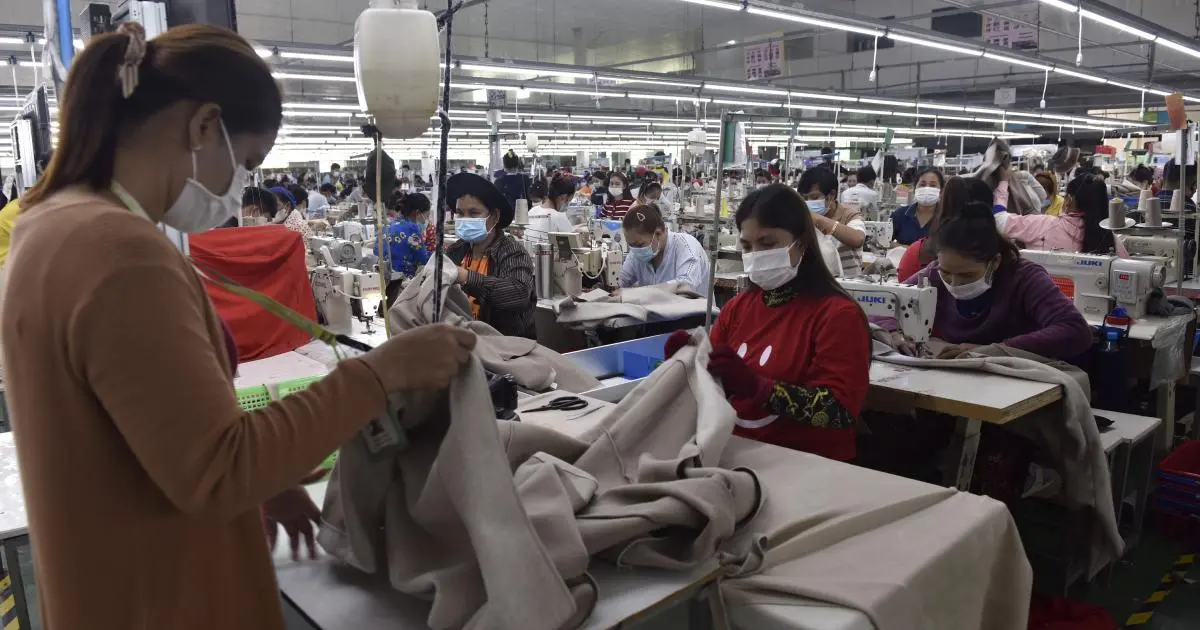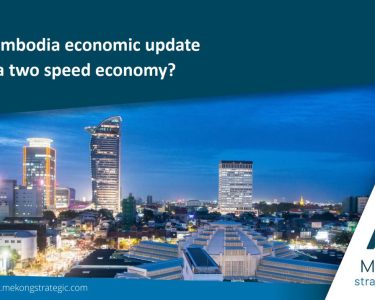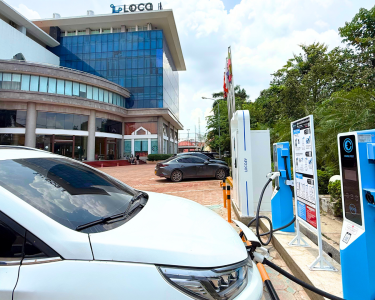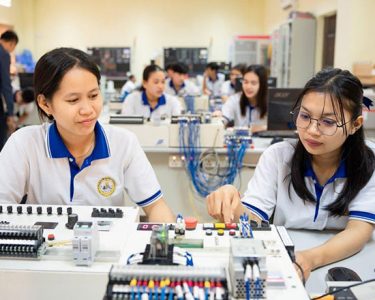Cambodia Investment Review
The World Bank has urged countries in East Asia and the Pacific, including Cambodia, to increase investment in workforce skills, job creation, and digital infrastructure to avoid rising poverty and long-term economic stagnation. The warning comes as the region’s growth outlook weakens amid global trade tensions, automation, and lower consumer confidence.
Regional Growth Outlook Weakens
In its latest regional economic update, the World Bank reported that East Asia and Pacific (EAP) economies continue to grow faster than the global average but are expected to slow further in 2025 and 2026. The slowdown reflects weaker business sentiment, lower export orders, and uneven consumer recovery following the pandemic.
Read More: World Bank Approves $105 Million Project to Boost Early Learning in Cambodia
The report noted that while the region’s export-driven model had lifted millions out of poverty over the past three decades, it now faces mounting challenges from protectionist trade measures and rapid technological change. Many workers across ASEAN remain in low-productivity or informal sectors, with a growing share at risk of slipping back into poverty.
Cambodia Faces Structural Challenges
Cambodia’s economic growth forecast has been revised down to 4.0% for 2025, compared with 5.5% previously projected in June and 5.4% recorded in 2024. The downgrade reflects weaker external demand, limited diversification, and slower investment inflows. The rate remains below the 7% annual growth level recommended by the United Nations for least developed countries to meet sustainable development goals.
The World Bank highlighted that Cambodia’s reliance on garment and footwear exports makes it particularly vulnerable to trade volatility. While export tariffs to the United States were recently reduced to 19% from previous highs of up to 49%, global trade uncertainty and automation risks are expected to limit gains.
The garment, footwear, and travel goods industry currently employs nearly one million workers, but ongoing automation across regional manufacturing hubs is expected to reshape job markets and displace low-skilled labor.
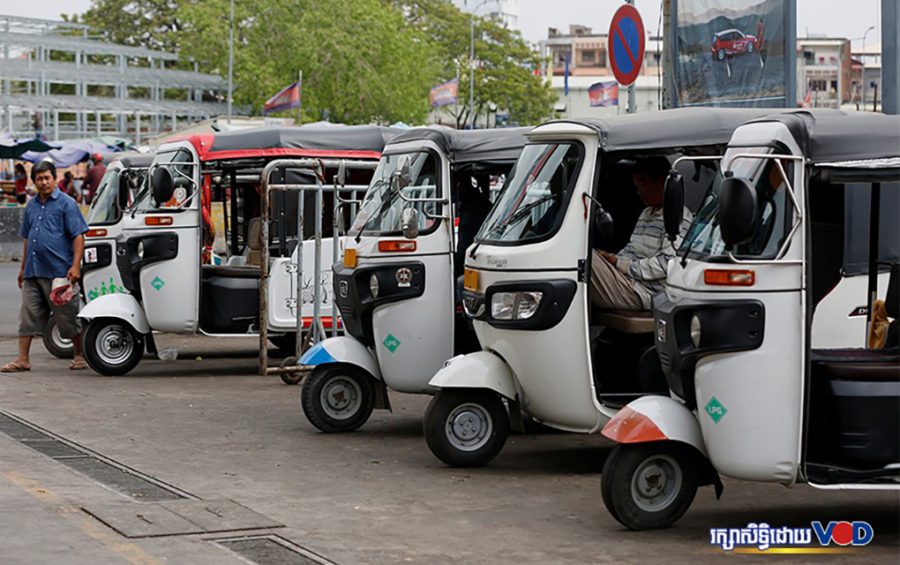
Informal Employment and Labor Market Risks
The World Bank report emphasized that over 88% of Cambodia’s workforce remains in informal employment with limited access to benefits or social protection. This high level of informality constrains productivity and limits the country’s ability to move up the value chain.
Labor experts have noted that Cambodia’s economy still depends heavily on low-skilled employment in factories and construction. The recent return of approximately 900,000 migrant workers following a border dispute with Thailand has further added pressure on the domestic labor market. Although some factories have resumed hiring to absorb returning workers, there are growing concerns that the lack of advanced technical and digital skills will limit reemployment opportunities.
Non-performing loans have risen to 7% of total gross loans, the second highest among East Asia and Pacific nations, adding to existing vulnerabilities in Cambodia’s financial sector.
Government Expands Vocational and Digital Initiatives
In response to these challenges, the Cambodian government has intensified efforts to strengthen human capital through vocational and technical training. The Ministry of Labor and Vocational Training has introduced programs in electricity, construction, technology, and tourism, training hundreds of thousands of workers nationwide.
Between 2024 and 2028, the ministry aims to expand its initiatives to 45 programs across 37 vocational schools, focusing on higher-value industries such as electronics and mechanical manufacturing. Companies like MinebeaMitsumi, which operates an assembly plant in Phnom Penh, are cited as examples of new industrial diversification efforts.
The Ministry of Economy and Finance is also prioritizing investment in digital infrastructure and workforce development to support growth and competitiveness. Government officials have indicated that supporting returning migrant workers and creating new employment opportunities will remain central to maintaining social and economic stability.
Cambodia’s future growth trajectory will depend on its ability to transition from a low-skilled, labor-intensive economy to one that embraces digital transformation, industrial diversification, and higher-value job creation.


